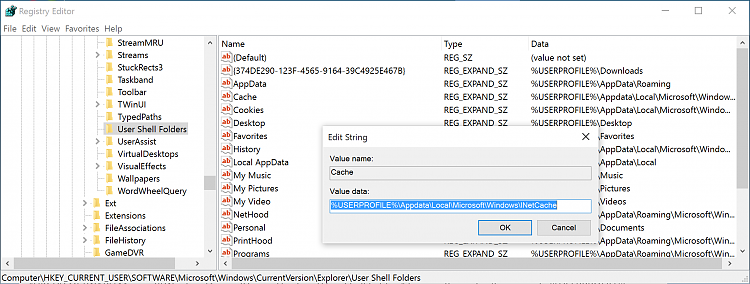

- #Windows font viewer location how to#
- #Windows font viewer location install#
- #Windows font viewer location update#
usr/share/fonts/cantarell: skipping, existing cache is valid: 11 fonts, 0 dirs usr/share/fonts/adobe-source-code-pro: skipping, existing cache is valid: 14 fonts, 0 dirs usr/share/fonts: skipping, existing cache is valid: 0 fonts, 37 dirs The -v option is used to make the output more verbose: $ fc-cache -v /usr/share/fonts In the following example we re-scan only the /usr/share/fonts directory. To make only a specific directory be scanned, instead, we can pass it as argument to the command. If invoked without any argument, the utility re-scans all configured directories: $ fc-cache
#Windows font viewer location install#
To make the directories where fonts are stored re-scanned, and the font cache be re-created (typically we want to do this after we install a new font), we can use the fc-cache utility. Included in the fontconfig package come some utilities which let us easily perform useful operations like re-generating the fonts cache or listing the installed fonts. Per user configurations can also be created: Custom settings, instead, should be put in the /etc/fonts/nf file, which should be created, if it doesn’t exist. This system-wide configuration file should not be modified in place, since it could be overwritten by future system updates. Finally, if the value of prefix is relative the passed directory is prefixed by the path of the directory containing the configuration file. The prefix attribute can also be set to default or cwd: in those cases the current working directory is used as prefix. In the following line, for example, the prefix attribute has the xdg value this means that the passed directory will be prefixed by of XDG_DATA_HOME variable: fonts The prefix attribute of the tag, can be used to automatically prefix the passed directory with a certain prefix. The following directories are set by default:

usr/share/X11/fonts/Type1 /usr/share/X11/fonts/TTF /usr/local/share/fontsĪs you can see, directories that are scanned for font files are declared using the tag. The directories where the fonts should be installed are declared in the /etc/fonts/nf configuration file: On Linux-based operating systems, fonts are managed via the fontconfig library. $ – requires given linux-commands to be executed as a regular non-privileged user # – requires given linux-commands to be executed with root privileges either directly as a root user or by use of sudo command Requirements, Conventions or Software Version Usedįontconfig, GNOME fonts or KFontView for graphical fonts installation
#Windows font viewer location how to#
How to install and manage fonts on Linux Software requirements and conventions used Software Requirements and Linux Command Line Conventions Category
#Windows font viewer location update#


 0 kommentar(er)
0 kommentar(er)
